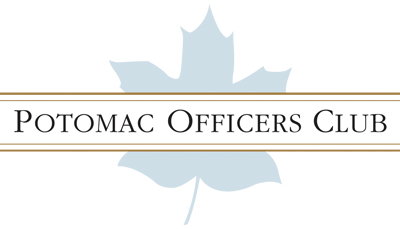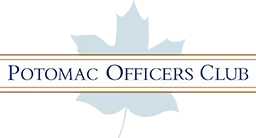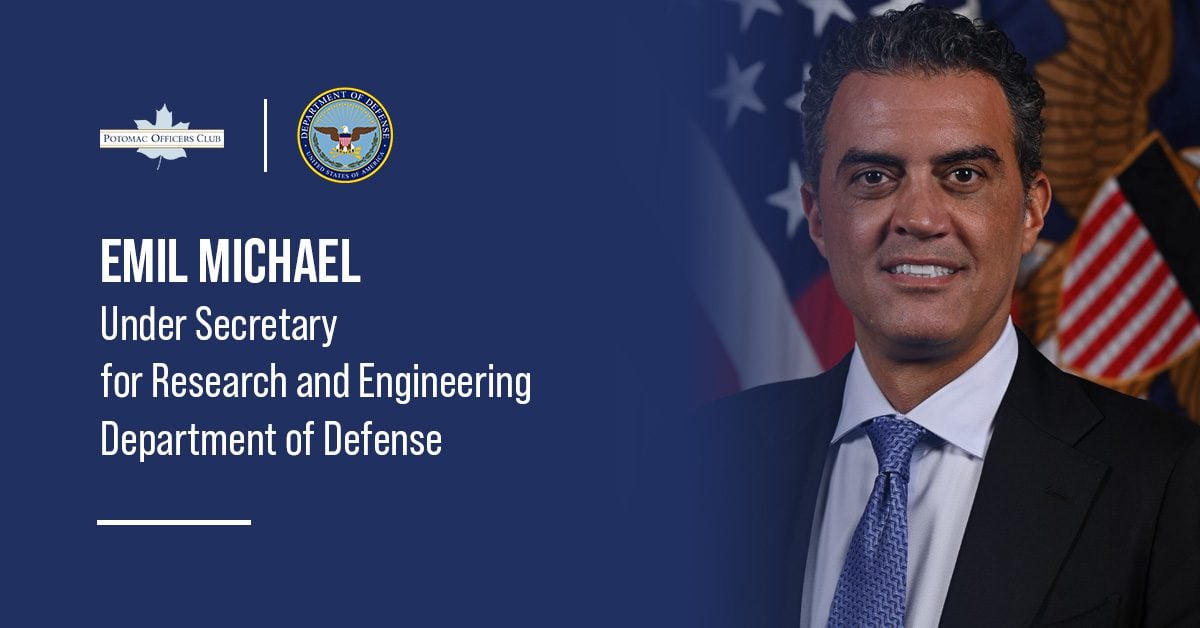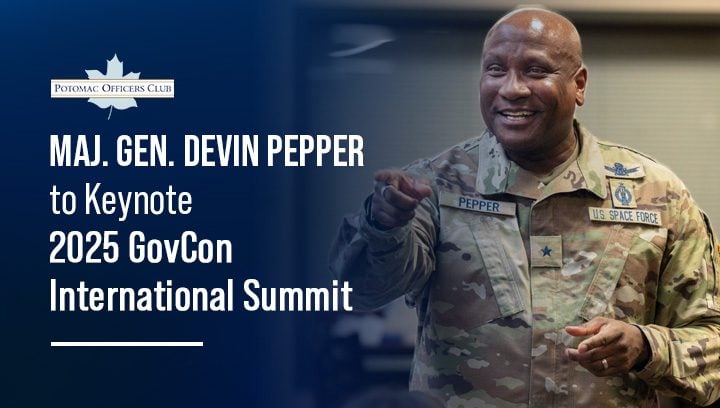
4 Information Warfare Updates From Navy Vice Adm. Karl Thomas
Vice Adm. Karl Thomas plays a crucial role in positioning the Navy to best leverage information to defeat U.S. adversaries. As deputy chief of naval operations for information warfare, N2N6, and the director of naval intelligence, Vice Adm. Thomas leverages the latest technological tools such as cyber; signals intelligence; electronic warfare and intelligence, surveillance and reconnaissance to control the information ecosystem. This ensures the Navy and its partners have accurate and timely information while manipulating, degrading or denying the enemy’s ability to do the same.
Vice Adm. Thomas sat down with the Potomac Officers Club for an exclusive interview ahead of his keynote address at the 2025 Navy Summit on August 26. Secure your seat today for this elite GovCon event and learn directly from the admiral about new requirements in information warfare before your competitors!
Here are four of the biggest takeaways from our interview with Vice Adm. Thomas:
All Navy Maritime Operations Centers are Operational
The Maritime Operations Centers, or MOCs, are how the Navy executes fleet-level warfare and facilitates mission command at lower echelons. They serve as the nerve centers for fleet operations, enabling command and control across a range of missions.
Vice Adm. Thomas expressed confidence in the MOCs performing in the event of crisis or conflict. However, he said there is opportunity to develop MOC processes that are resilient and distributable in times of war. MOCs, he said, must be capable of orchestrating a decentralized and global battlefield of weapons systems across all domains.
As all MOCs are operational, they are exercising C2 across the world. Vice Adm. Thomas said they are supporting missions such as protecting commercial shipping in the Red Sea and supporting the defense of Israel and the rules-based international order in the Indo-Pacific region.
The Navy is continuing to make investments in MOCs with advanced technology and training to enhance their ability to operate with the Joint Force and maintain decision advantage over U.S. adversaries.
“Fully operational is not an end state, it’s a challenge to rapidly adopt the most relevant technology to maintain our warfighter advantage.”
Maven Smart System Tops 17,000 Users
DOD’s Maven Smart System, or MSS, an AI tool designed to process imagery and full-motion video from unmanned aircraft, now has more than 17,000 users, Vice Adm. Thomas said. This is across all combatant commands and fleets, with utility reported within all warfare and functional areas.
Feedback from the fleet and MOCs, he said, demonstrates that MSS is being used as a “single plane of glass” for a variety of tasks: correlating disparate information sources, facilitating more informed decision-making and improving the speed and accuracy of decisions through modern, and rapidly adaptable, tools.
MSS enables orchestration and high-level decision-making through the Navy’s MOCs. The system is a DOD-wide effort that is also an example of the department’s Combined Joint All-Domain Command and Control, or CJADC2, being used in the field, according to Federal News Network.
MSS is in such high demand across DOD that the department in May gave developer Palantir an extra $795 million to boost capacity for anticipated future demand, DefenseScoop reported in May.
Maven Smart System Is Revolutionizing Combat Readiness
MSS has the ability to ingest ship system performance data and improve the Navy’s understanding of combat readiness. Vice Adm. Thomas said reports previously sent via message traffic can now be rapidly aggregated and displayed to improve situational awareness and understanding of equipment and ordinance status.
This information, he said, can be provided to warfare commanders to help them employ forces more effectively and to provide improved decision-making with the goal of improving data flow from hours to minutes.
The Navy is also using MSS to improve planning and briefing. Vice Adm. Thomas said AI-assisted ontology can generate, in minutes or even seconds, reports that previously required hours to prepare. Instead of PowerPoint reports, data is fed real time to status boards to give the commander near-real time updates.
Navy Is Assessing Cloud Tools for Faster Decision-Making
The Navy is currently evaluating which cloud-based tools that incorporate AI and machine learning will best contribute to its commanders’ ability to make better, and faster, decisions. Vice Adm. Thomas said MSS is among the capabilities being assessed for adoption.
Project Overmatch is leading the Navy’s rapid acquisition efforts for the MOCs, including the use of the Defense Innovation Unit’s Commercial Solutions Opening process to identify innovative capabilities for assessment and adoption. Project Overmatch is a big part of the Navy’s contribution to CJADC2 and has a goal of communicating across every modality at sea, based on message prioritization, DefenseScoop reported in April.
Vice Adm. Thomas’ keynote address at the Potomac Officers Club’s 2025 Navy Summit on August 26 is the can’t-miss GovCon opportunity of the year for technology professionals! Get your questions answered during his Q&A session following his keynote. Network with other information warfare GovCons and collaborate for that big contract. Sign up today to make sure you’re part of the information warfare conversation!

Category: Articles




